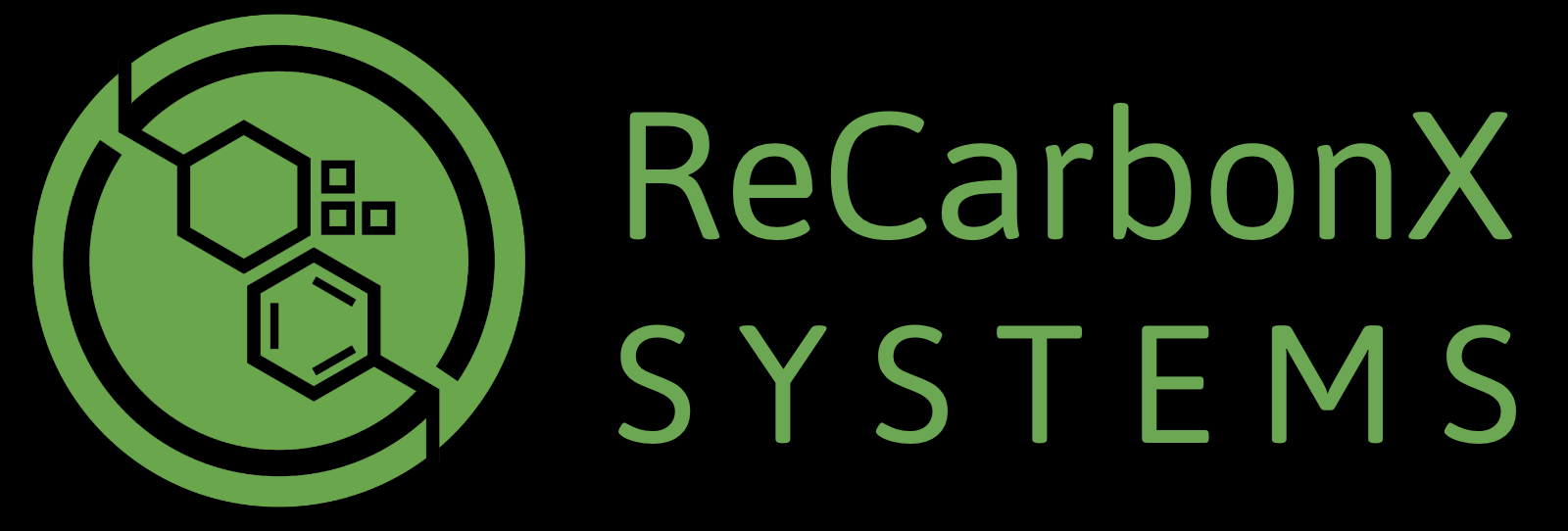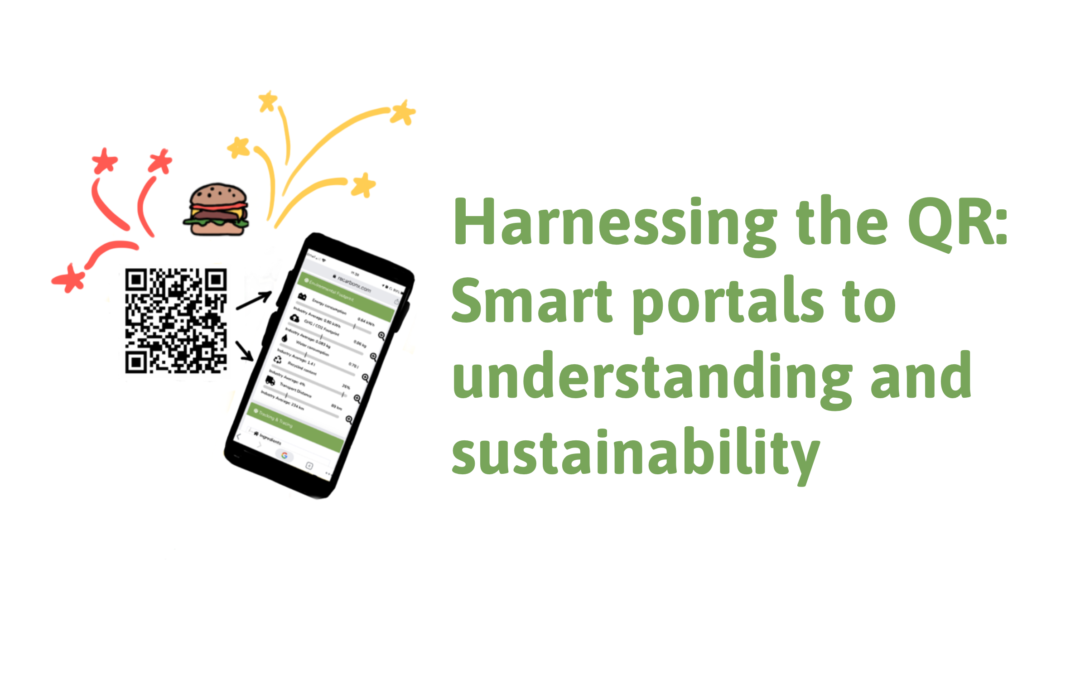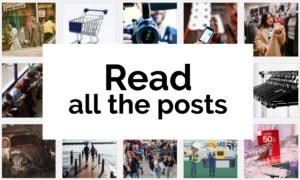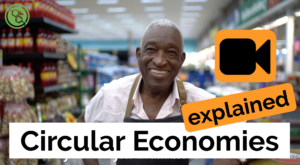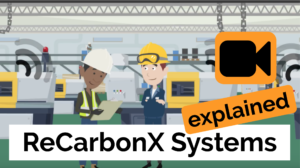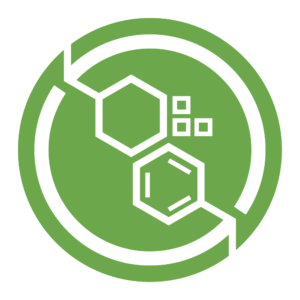The QR code system was invented in 1994 by Masahiro Hara from the Japanese company Denso Wave. —Wikipedia
Until now, QR codes have been used like teleportation devices for our brains, to take us to different companies’ “empires” – their website! – where we can look at a final product and, of course, at how much it’s going to cost us to get our hands on the goods.
Well, things are changing, and the humble QR code is turning out to be our key to finding out how much a product is costing not just the consumer, but also our environment. It’s our “smart” key to taking back the power.
Let’s take the food chain as an example. Until now, manufacturers (agro-chemical), distributors and growers have stuck to the goings-on on their own empire. They know an awful lot about their particular product – let’s say, baby potatoes. But they might not be able to tell you what happens after their babies leave the walls of their empire. What’s the environmental impact of getting them to the supermarket empire (their downstream partners) or the footprint of the fertilizer empire that delivered the nutrients for their baby potatoes’ soil (their upstream partners).
Was the vehicle that carried their produce run on fossil fuels? Bio-diesel? Hydrogen?
Did the fertilizer come from animals on an organic farm? Or was it manufactured on a chemical plant? With what? High-intensity processes? Renewable energy? Circular carbon?
The thing about the food system is that it’s also highly regulated. And rightly so. We don’t want to be making people sick or subjecting them to harmful conditions. But there are of course actors in any sector who don’t always do the right thing. Corners are cut, safety measures are ignored, hygiene standards are fudged or falsified.
It makes you wonder: how can we find a transparent way to transmit all this information to auditors, governments, customers and consumers, “across all segments – literally from seed to fork” (Lindsay Suddon for WEF)? Trust becomes the ultimate test. But sometimes trust isn’t enough.
Actually, we need a “smart digital solution”; an umbrella system that captures data from all involved actors and presents it in easily understandable interfaces. Which is where the QR code comes in. People are comfortable using them, and this will become a critical part of the equation when it comes to tackling global warming, because we need all hands on deck, and this means all of us, as consumers.
So as we head into 2021, let’s harness the quiet power of strategic digital innovation to support the manufacturers and producers who are working for the better of the environment. The more creatively we can use these portals to virtual worlds – the more we can combine sustainable manufacturing processes with creative virtual narratives that educate and inspire people to action – the closer we’ll be to taking responsibility for a fairer world; a world where humans and nature thrive.
*
This article written by Libby O’Loghlin with Oksana Pilatova.
